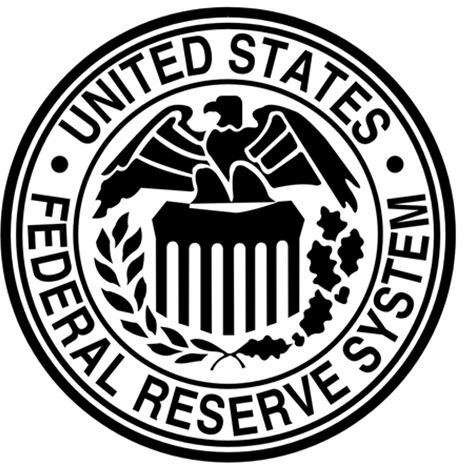On August 5, the U.S. Federal Reserve announced that its governing board had voted four to one to back the creation of a real-time, round-the-clock payment and settlement service, to be called FedNow. The goal of this service would be to set up an infrastructure to allow payments between banks to settle instantly. This would mean, for example, that your paycheck would clear immediately, instead of four days after you deposit it.
In an era in which Millennial and Gen Z consumers are used to splitting tabs using PayPal’s [NASDAQ: PYPL] Venmo service and sending each other cash instantly, this idea seems long overdue. In other banking systems — in much of Europe, for example — such instant settlements are already the rule, and it seems absurd that the U.S., as a hotbed of fintech innovation, would be so far behind the curve.

In spite of the governors’ vote, though, the U.S. actually isn’t that far behind the curve. A consortium of 25 big U.S. banks has already invested about $1 billion in a system called “The Clearing House,” which has been running since 2017. It covers half of all accounts, and aims to cover everyone by 2020. Although created by big banks, it has pledged not to discriminate against smaller and community banks; it charges sending banks a flat 4.5 cents and receiving banks nothing. It has pledged to give volume discounts to large banks only to defend its market share from the Fed’s competing system. (Ironically, smaller banks could end up having to pay more as a consequence of the Fed’s intervention.)
This has led some, including dissenting Fed governor Randal Quarles, to question what the Fed is doing. They note that the Fed’s announcement of its proposed system, which will not be operative until 2023 or 2024 even according to its own timetable, is likely to slow complete adoption of instant settlement by smaller banks. Other critics note that the Fed’s foray into this market function contradicts its own statutory purpose; the 1980 Monetary Control Act allows the Fed to develop payment services only if “other providers alone cannot be expected to provide with reasonable effectiveness, scope, and equity.”
It’s hard to know what exactly the Fed is up to, but we do note that this action is taking place in the context of political activism that tars “big banks” with a broad brush, including particularly Elizabeth Warren’s proposed amendments to the Expedited Funds Availability Act of 1987 that would force banks to allow customers to draw funds as soon as they are deposited. In short, the Fed’s action does seem to be politically colored. Ms Warren and others who are concerned about consumers facing overdraft fees may believe that this payment system will eliminate banks’ abilities to charge such fees; they will probably be surprised by banks’ resiliency. It is also very possible that the Fed’s entrance will actually end up slowing innovation in payments, by increasing regulatory uncertainty.
We have noted before that the Fed’s political independence is not the monolithic, historically consistent bedrock that many think it is or would like it to be. A politically independent Fed is a good ideal that has frequently been violated in the past, and we should not imagine that it will never be challenged again in the future.
Investment implications: The Federal Reserve’s relative political neutrality in recent years has been praiseworthy, but is not a sure indication that this neutrality will continue in the future. The Fed has been subject to political pressures in the past, and will likely be again in the future.
